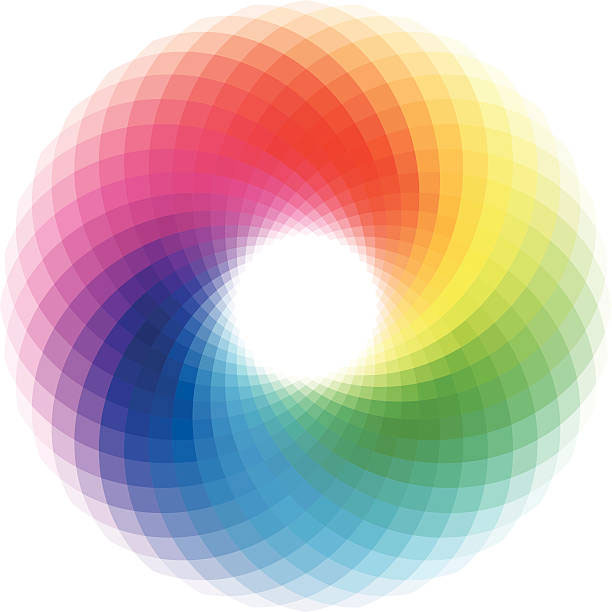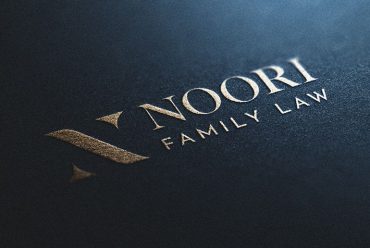Marketing 101: Color Theory and Color Scheme
Color is a powerful tool in website design. It can convey emotion, create a mood, and even influence user behavior. As a website design company, we know that choosing the right color scheme for your website is crucial for creating a visually appealing and effective site. In this blog post, we’ll discuss the basics of color theory and offer tips for choosing the perfect colors for your website.
Basics of Color Theory
Color theory is the study of how colors interact with each other and how they can be used to create visual harmony. There are three primary colors – red, blue, and yellow – that can be combined to create all other colors. Secondary colors are created by mixing two primary colors together: purple (red + blue), green (blue + yellow), and orange (red + yellow). Tertiary colors are created by mixing a primary color with a secondary color.
Color Schemes
Once you understand the basics of color theory, it’s time to choose a color scheme for your website. There are several different types of color schemes that you can use, including:
- Monochromatic: A monochromatic color scheme uses variations of a single color. This creates a clean, simple look that can be very effective.
- Analogous: An analogous color scheme uses colors that are next to each other on the color wheel. This creates a harmonious and cohesive look.
- Complementary: A complementary color scheme uses colors that are opposite each other on the color wheel. This creates a bold and dynamic look, but can be tricky to pull off.
- Triadic: A triadic color scheme uses three colors that are evenly spaced on the color wheel. This creates a vibrant and lively look.
Tips for Choosing Your Website’s Colors
- Consider your brand: Your color scheme should align with your brand’s personality and values.
- Think about your audience: Consider who your target audience is and what colors might appeal to them.
- Use color psychology: Different colors can evoke different emotions and moods. For example, blue is often associated with trust and professionalism, while red is associated with energy and passion.
- Be consistent: Once you choose a color scheme, use it consistently throughout your website.
- Test and refine: Don’t be afraid to experiment with different colors and see what works best for your website.
In conclusion, color theory is an important aspect of website design. By understanding the basics of color theory and choosing a color scheme that aligns with your brand, audience, and goals, you can create a website that is visually appealing and effective. If you need help with choosing your website’s colors, consider working with us. We have experience with color theory and can help you create a site that truly stands out.



